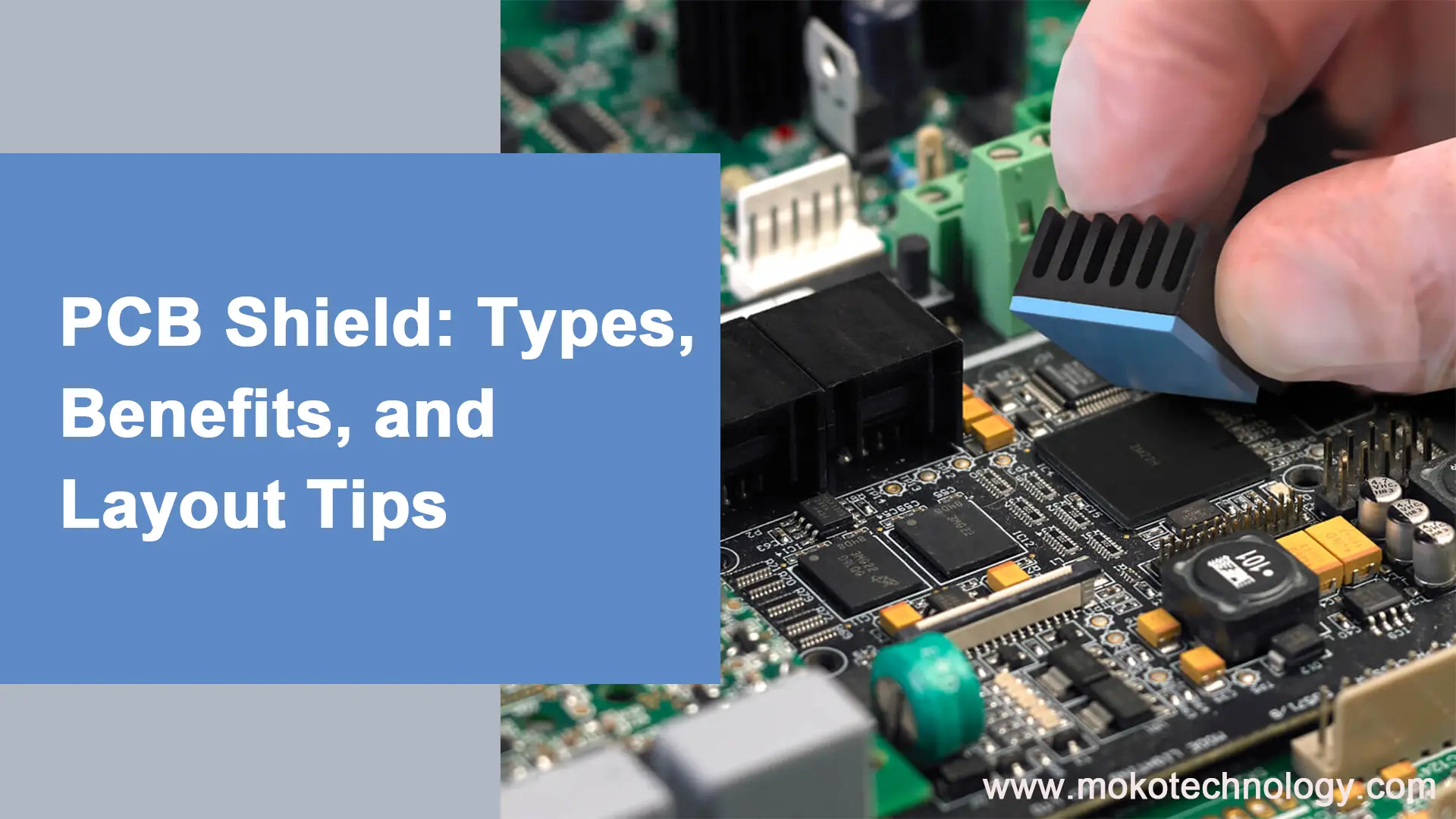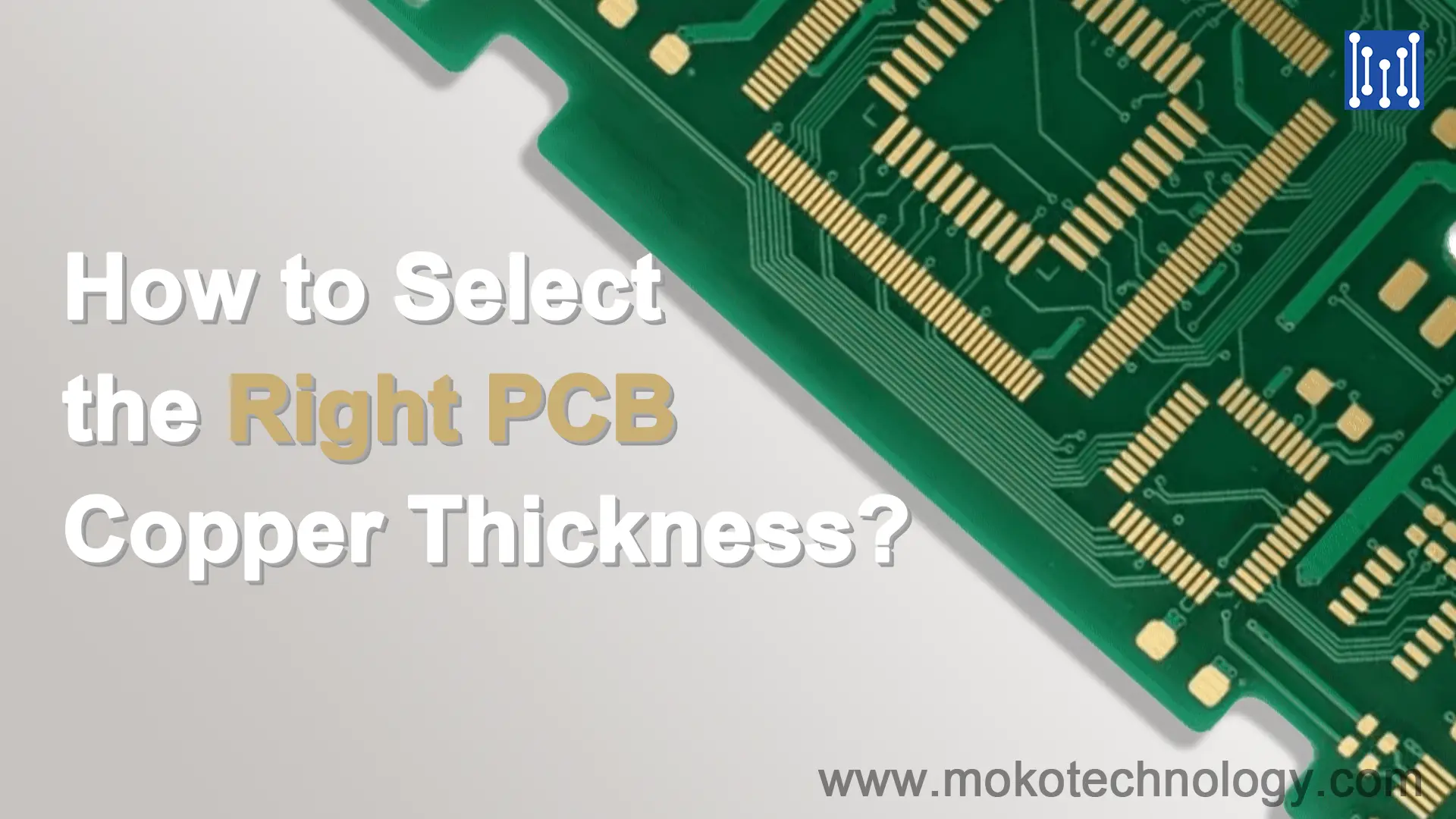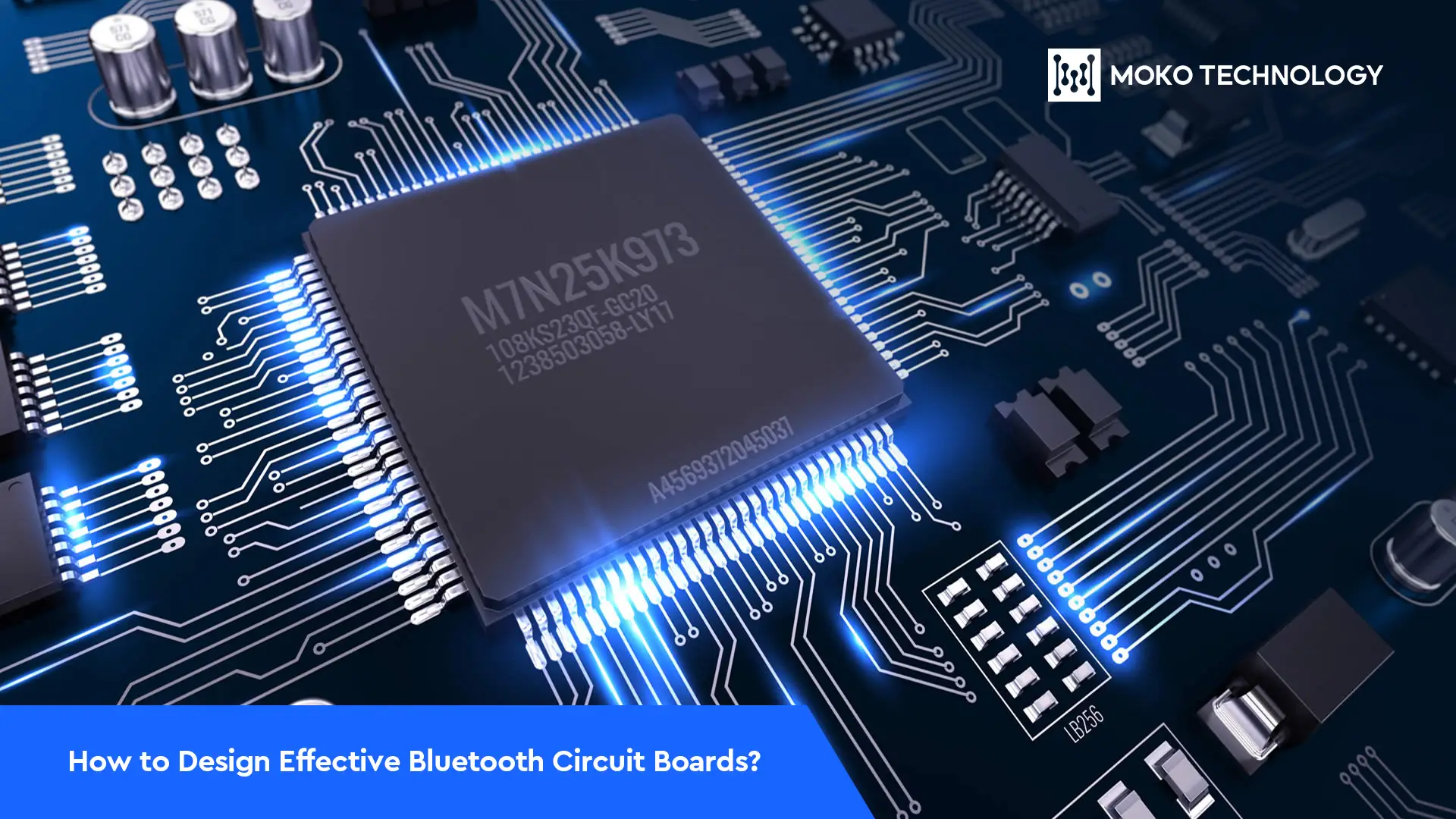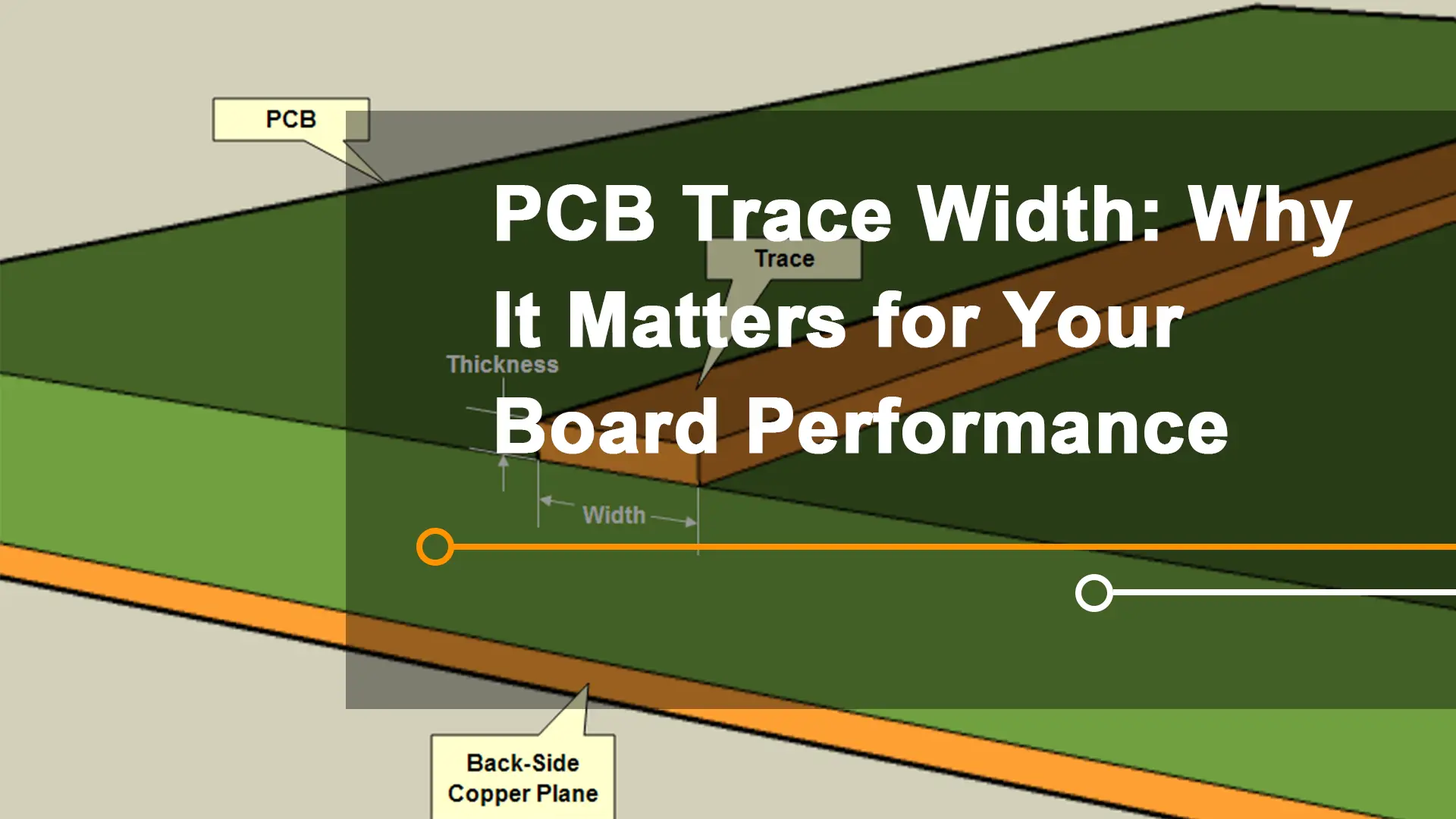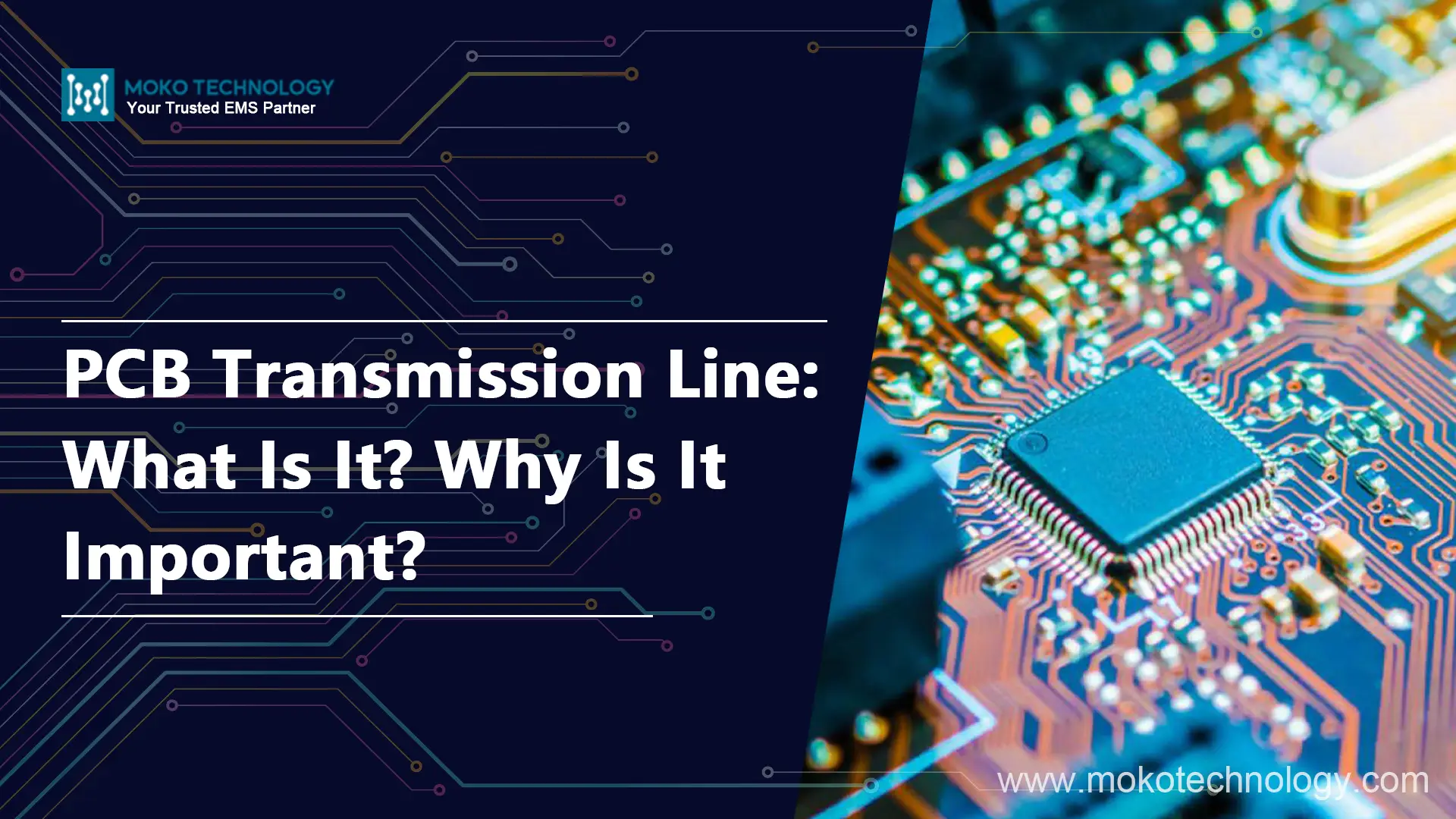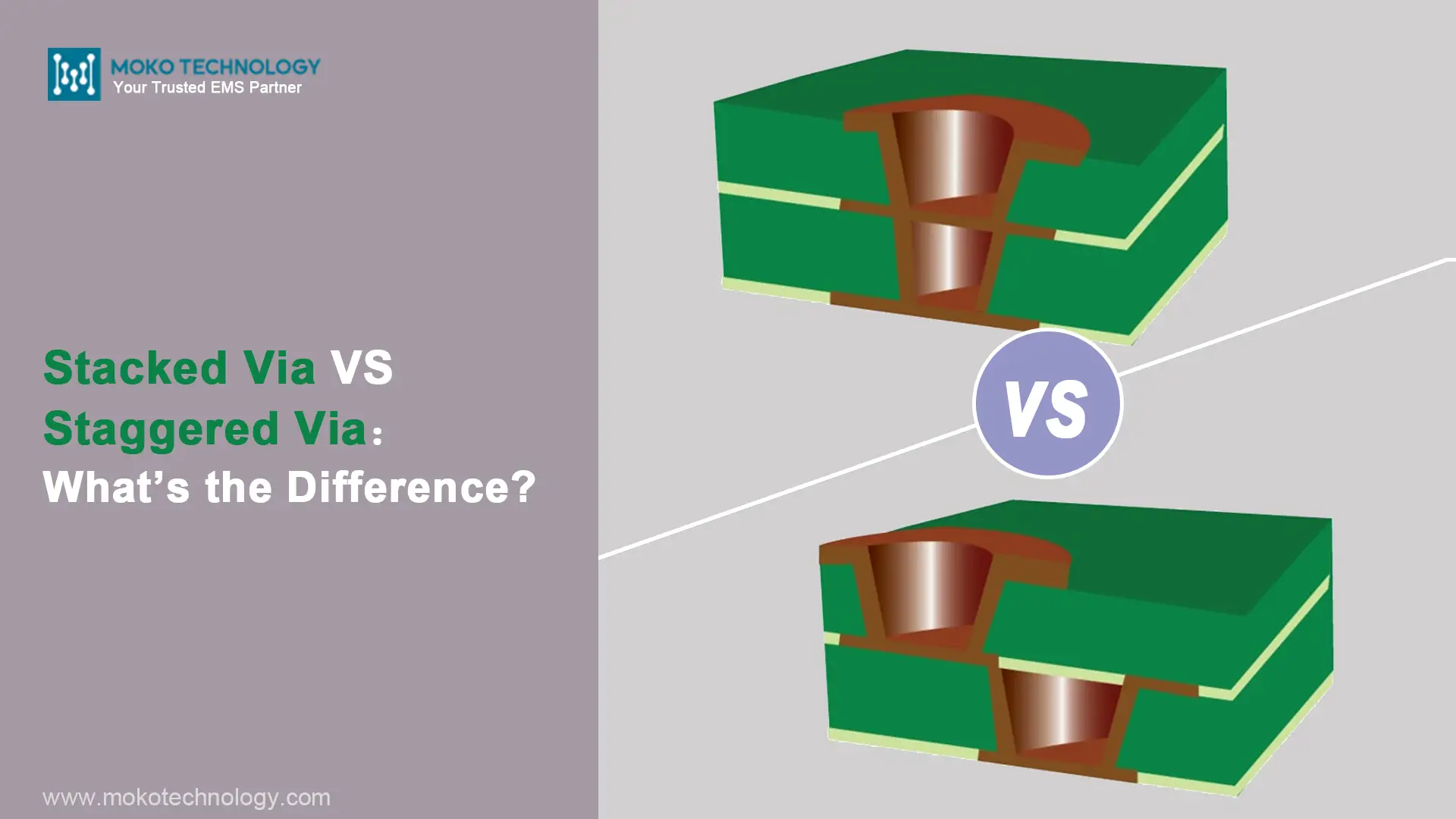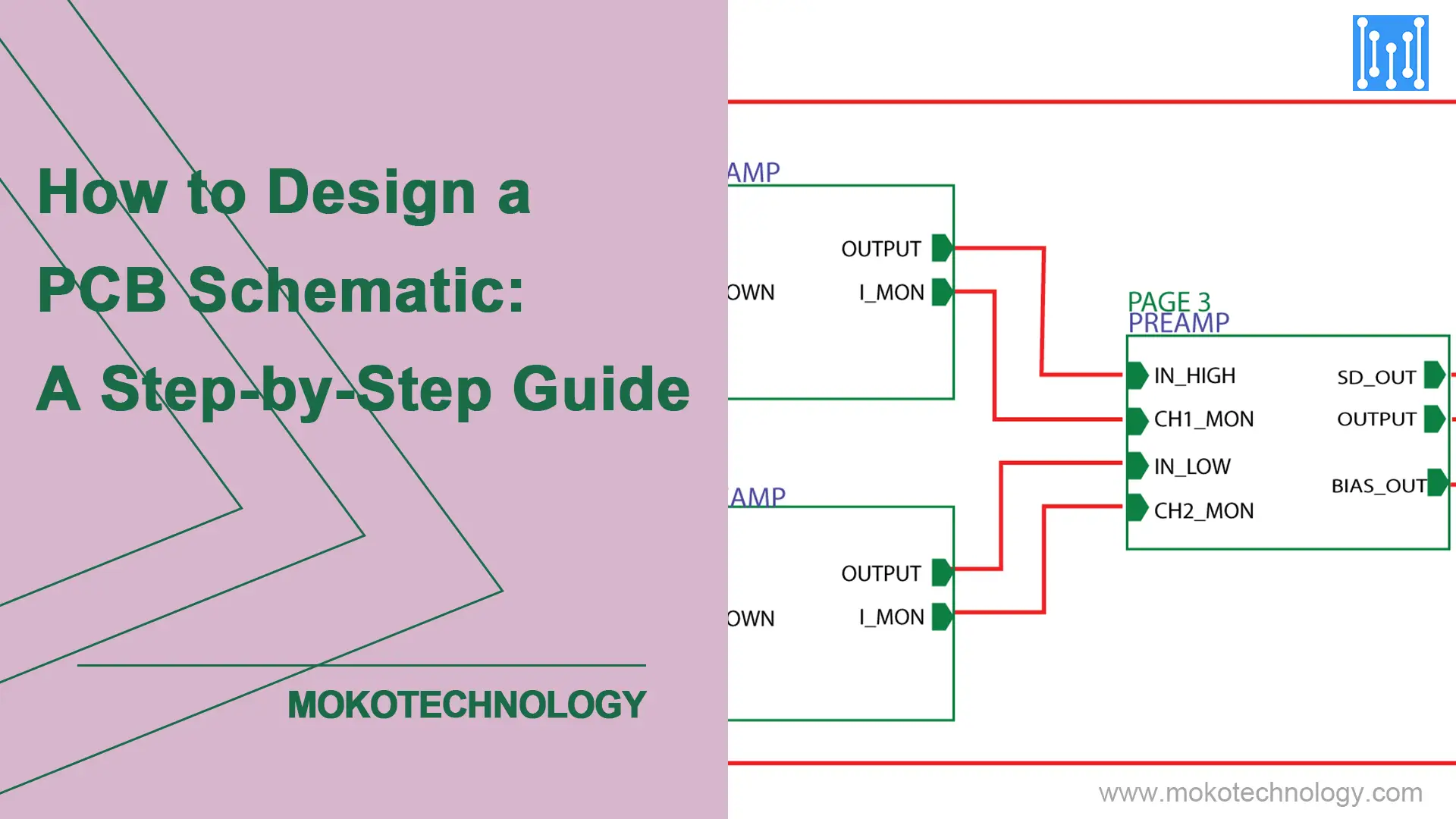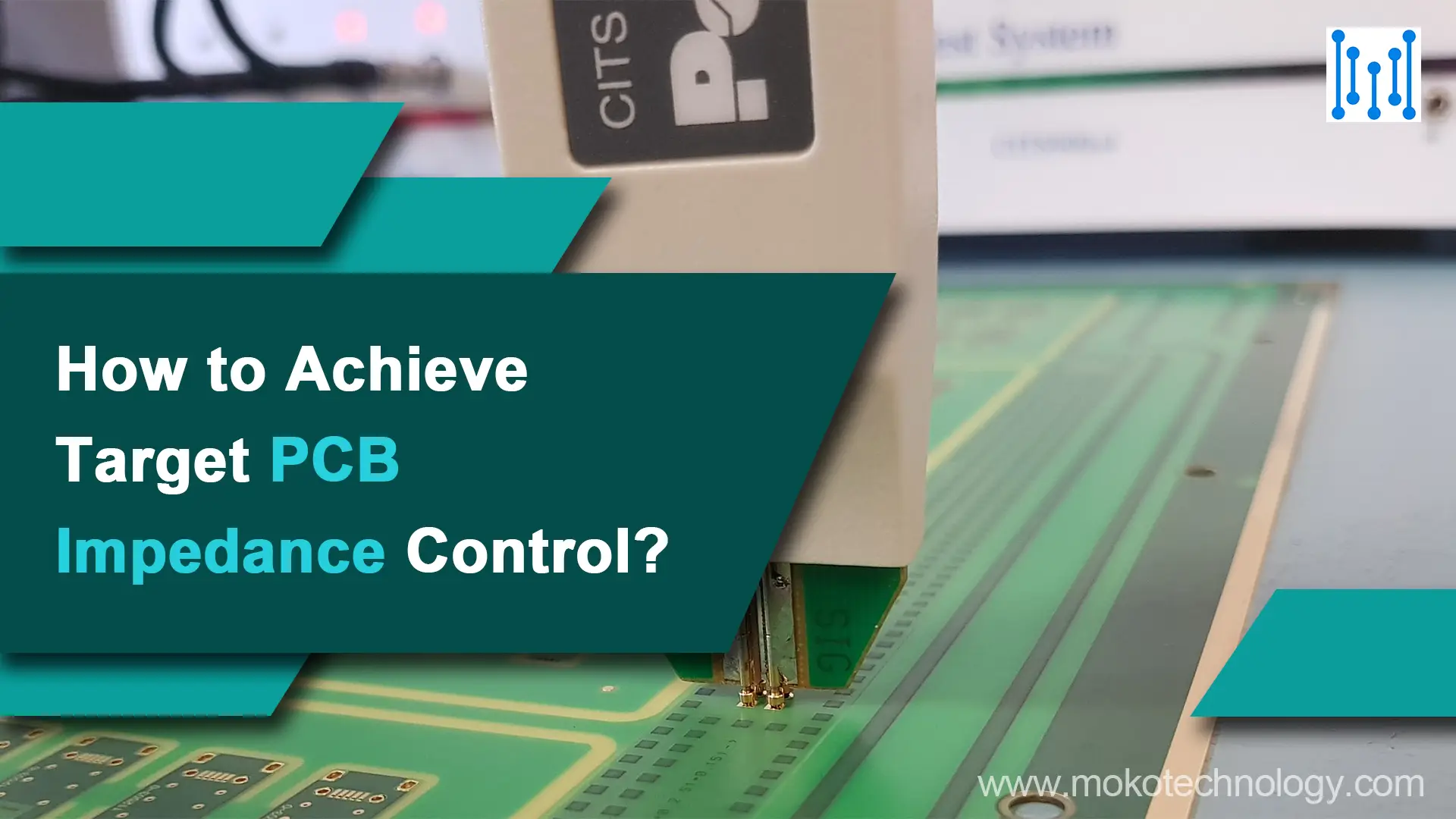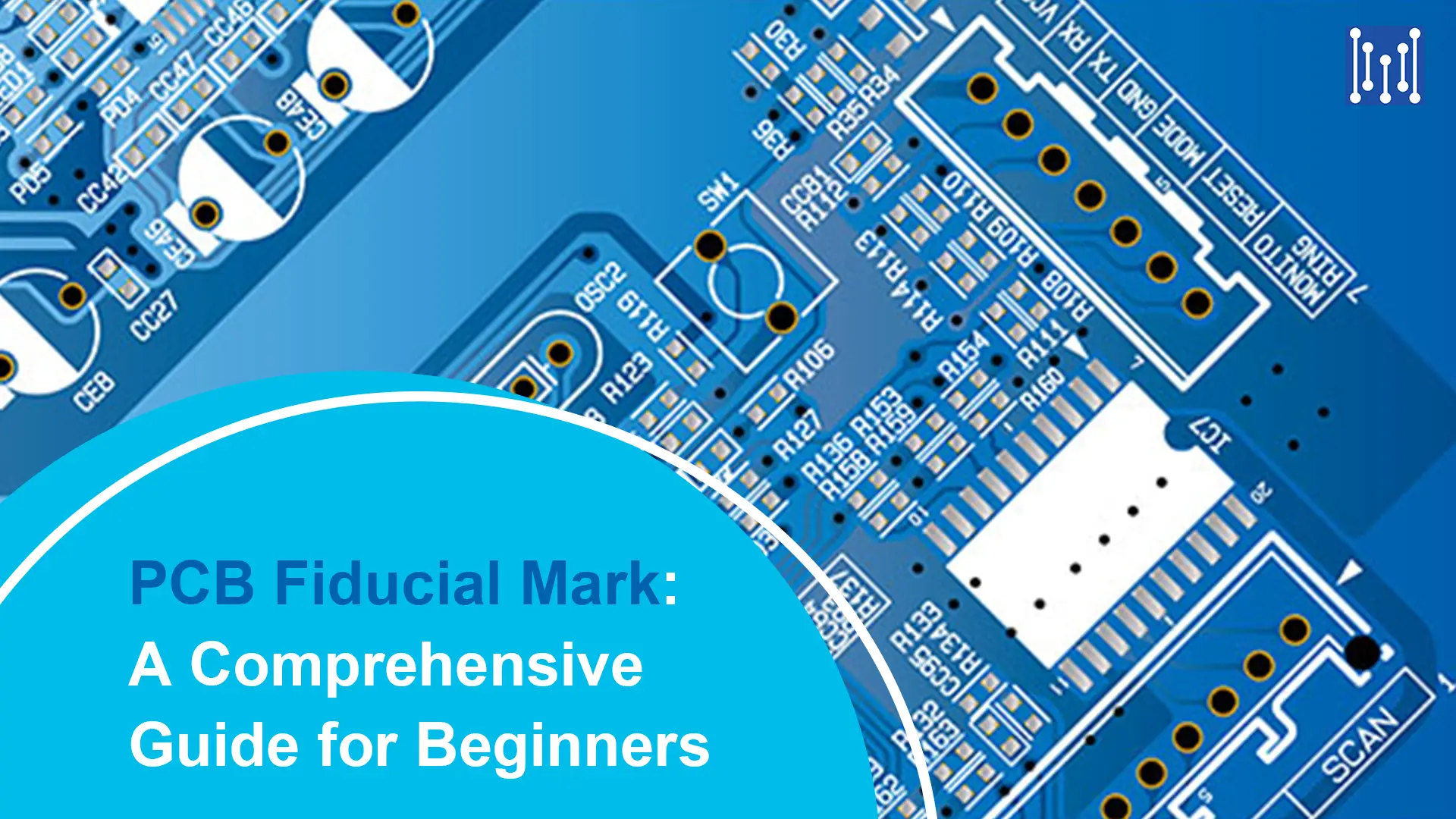PCB Shield: Types, Benefits, and Layout Tips
Printed circuit board (PCB) designers often grapple with electromagnetic interference when laying out boards. They must consider electromagnetic compatibility to satisfy system specs. Even small oversights in layout can spur electromagnetic complications, like short circuits or EMI/RFI noise. This is where a PCB shield comes in handy! What Is a PCB Shield? A PCB shield…
PCB Shield: Types, Benefits, and Layout Tips Read More »
